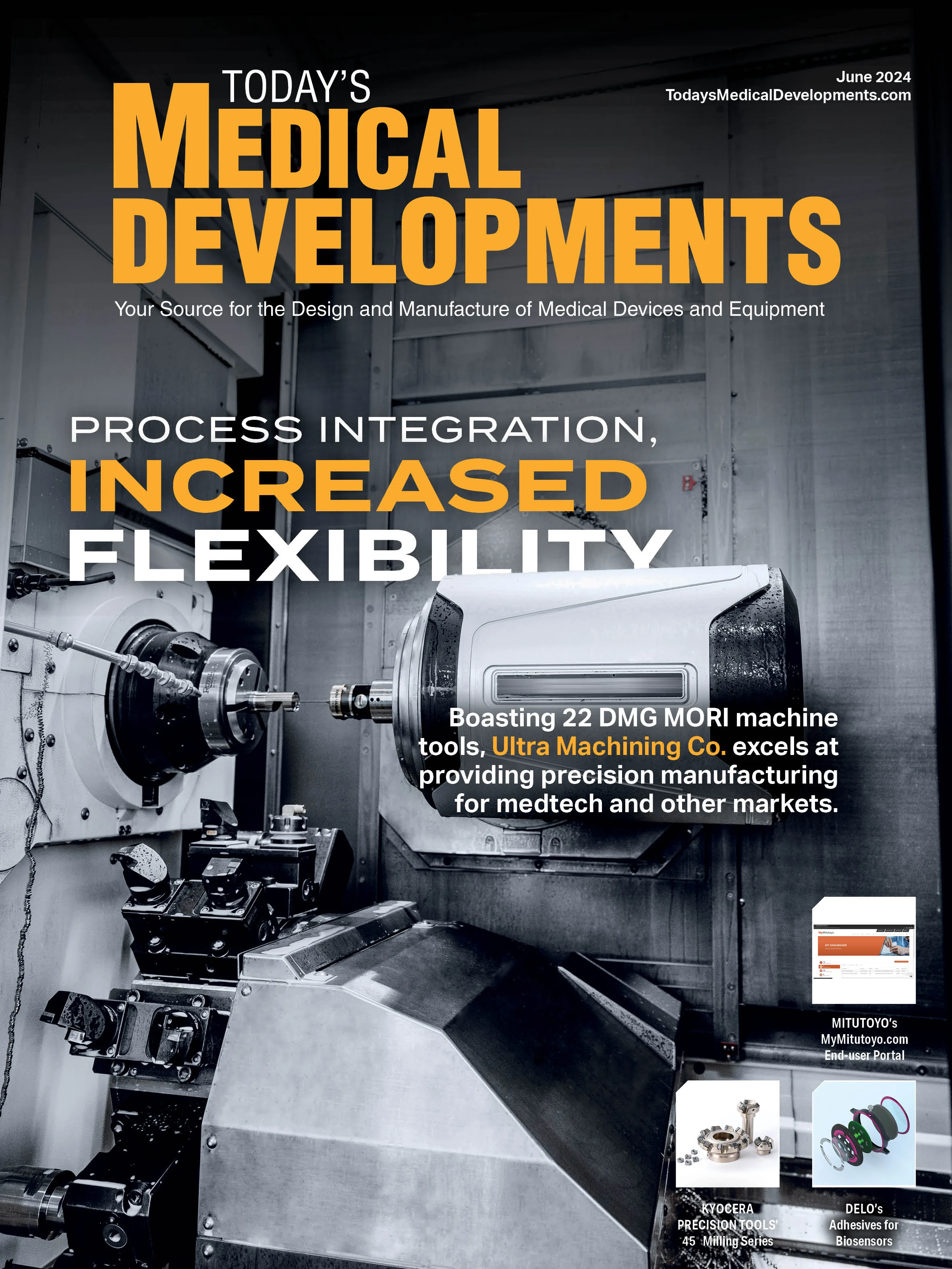
emodic@gie.net
If you’re reading this column, you already know some of the challenges faced when designing a new medical device and working to get it to market. With a medical device market worth nearly $60 billion today, medical device manufacturers are faced with the challenges of quickly developing complex devices that adhere to regulations – whether in the U.S. or overseas. Today’s medical device manufacturers must address design control processes such as risk and test management while still safely accelerating product development. Nothing about medical device product development is a breeze.
This is where Cognition Corp.’s recent study “Taking the Lead in the Race to Market: The 2024 Medical Device Manufacturer Report” takes a deep dive into where many medical device manufacturers are overlooking a strategic lever that can help them safely accomplish this. The goal of the survey was to “better understand the impact of these challenging conditions and identify whether transitioning to a design control solution can help manufacturers enhance safety and quality while accelerating time to market.”
A design control solution automates and integrates processes across requirements for management, risk management, and test management, often referred to as a “modernized approach” for design control. Benefits of a design control solution include automated trace matrices, stronger integration and collaboration, a single source of truth, and submission-ready documents.
Overall findings show the majority of manufacturers still rely on manual processes – or a mix of manual and design control solutions. Only 24% have completely eliminated manual processes to rely on design control solutions. When asked what the organization’s top priorities were, 50% stated reducing time to market followed by 28% stating ensuring regulatory compliance. However, 68% noted resource limitations were the top challenge their organization faces related to managing product design controls.
Further answers from the study show when participants were asked how satisfied they were with their organization’s current practices, answers were they had less than optimal practices across critical areas. For documentation management, 19% responded they weren’t satisfied, for test management 31% weren’t satisfied, and for risk management 21% weren’t satisfied. Roughly half of the respondents said they were satisfied.
This rang true in responses from organizations using a design control solution, indicating they’re much less likely to experience challenges within their design control process than those using manual approaches. Additionally, those integrating design control reported their processes integrate well across key domains compared to their previous manual processes.
How is your company implementing design control solutions? How is that working and what challenges remain?
Get curated news on YOUR industry.
Enter your email to receive our newsletters.
Explore the June 2024 Issue
Check out more from this issue and find your next story to read.
Latest from Today's Medical Developments
- Siemens accelerates path toward AI-driven industries through innovation and partnerships
- REGO-FIX’s ForceMaster and powRgrip product lines
- Roundup of some news hires around the manufacturing industry
- Mazak’s INTEGREX j-Series NEO Machines
- The Association for Advancing Automation (A3) releases vision for a U.S. national robotics strategy
- Mitutoyo America’s SJ-220 Surftest
- #56 - Manufacturing Matters - How Robotics and Automation are Transforming Manufacturing
- STUDER looks back on a solid 2024 financial year






